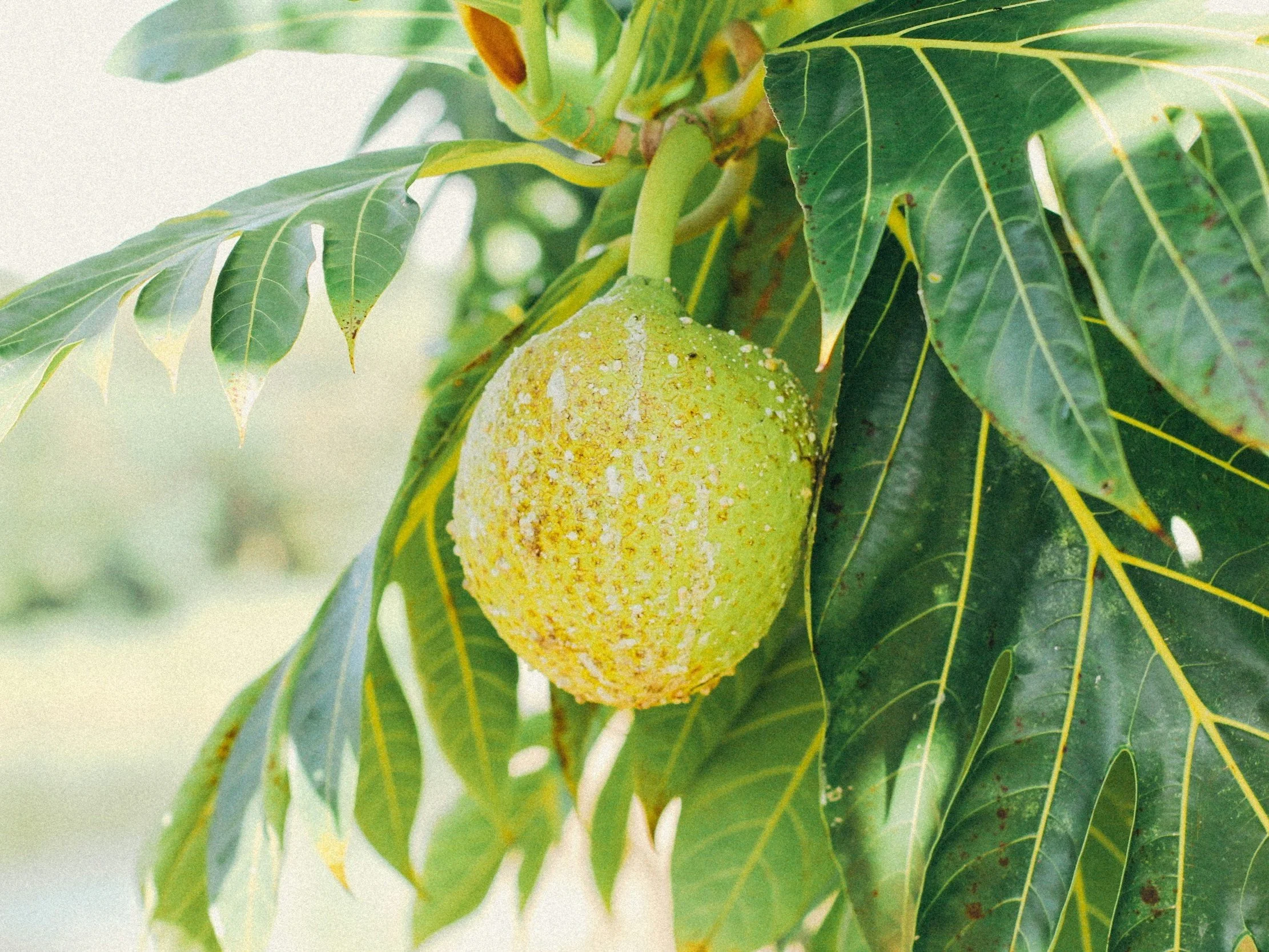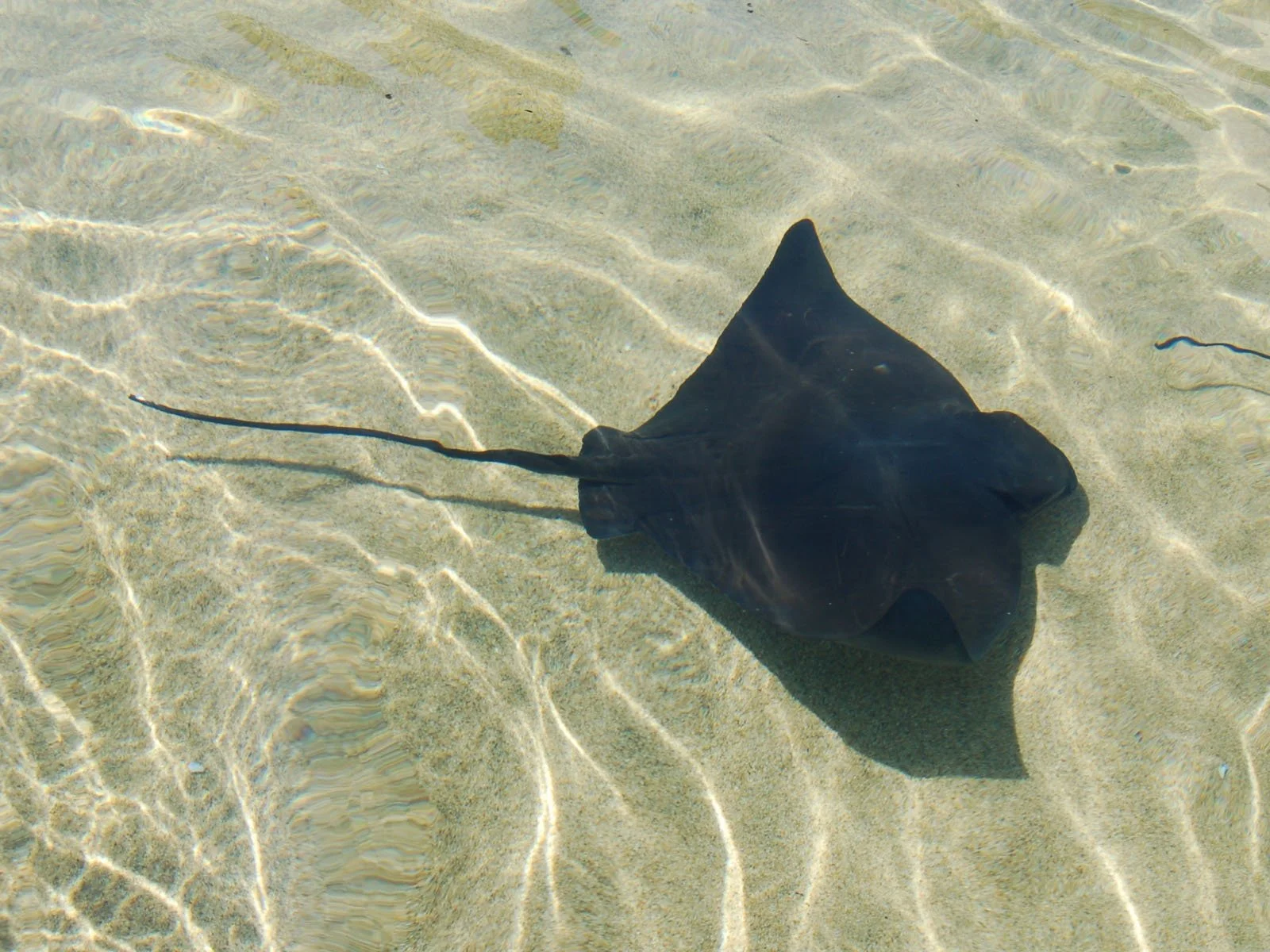Is My Black Walnut Tree Killing Other Plants? What San Diego Homeowners Need to Know
When it comes to luxury landscaping in San Diego, mature trees like the black walnut (Juglans nigra) can add timeless beauty, shade, and value to a property. But if you’ve noticed struggling plants or patchy garden beds near your black walnut tree, you may be asking a surprisingly common question.
“Is my black walnut killing other plants?”
The short answer: Possibly—yes. Here’s what you need to know about this majestic tree, the natural toxin it releases, and which plants thrive in harmony with it.
_____
The Culprit: Juglone, a Natural Plant Toxin
Black walnut trees release a chemical compound called juglone through their roots, leaves, and husks. Juglone acts as a natural herbicide, helping the tree reduce competition for water and nutrients. While this is a smart survival strategy for the walnut, it can wreak havoc on your landscaping.
Plants affected by juglone may experience:
Wilting, yellowing, or stunted growth
Failure to thrive, despite proper care
Sudden die-off, especially in more sensitive species
Juglone is most concentrated in the roots, but even fallen leaves and decomposing bark can introduce the toxin into surrounding soil.
_____
San Diego Plants at Risk
Many popular landscaping plants and edibles do not tolerate juglone well, including:
Azaleas and rhododendrons
Tomatoes, peppers, and eggplants
Hydrangeas
Peonies
Birches and pines
For luxury homeowners who want immaculate, high-performing landscapes, these challenges can be frustrating and costly.
_____
What Grows Well Near Black Walnut? Elegant Alternatives
Fortunately, there are several beautiful, juglone-tolerant plants that complement upscale San Diego gardens and pair well with Mediterranean and drought-conscious landscaping designs.
_____
Juglone-Resistant Perennials and Shrubs
Hosta – Durable and elegant for shaded gardens
Daylilies (Hemerocallis) – Low-maintenance blooms for sunny areas
Bee balm (Monarda) – Great for pollinators and resistant to juglone
Ferns – Ideal for shaded, moisture-retaining zones
Boxwood – A classic choice for formal garden borders
Tough Ground Covers
Pachysandra – Evergreen and juglone-tolerant
Sweet woodruff (Galium odoratum) – Delicate texture, good under trees
Liriope – Works well in partial shade and suppresses weeds
Trees and Larger Plants
Eastern red cedar
Hawthorn
Redbud (Cercis spp.) – A stunning ornamental option
Oak species – Hardy and stately complements
Tip: Always choose native or drought-tolerant varieties for optimal success in San Diego’s semi-arid climate.
_____
Designing Around Black Walnut in Luxury Landscapes
If you’re designing or maintaining a high-end property in San Diego with a mature black walnut tree, you don’t need to remove it. Instead, take these landscape design tips into account:
Create buffer zones – Use raised beds or root barriers to limit juglone spread.
Use containers – Isolate sensitive plants in pots with clean soil.
Rely on hardscape – Pavers, stone pathways, and water features minimize juglone exposure and enhance aesthetic appeal.
Consult a landscape architect – For larger estates, a custom planting plan can integrate black walnut into a balanced, luxurious design.
Final Thoughts: Beauty With Boundaries
Black walnut trees are a striking addition to any upscale property, offering character and shade that few other trees can match. But they require careful planning to avoid unintended consequences in your garden beds.
By choosing the right companion plants and employing smart landscaping strategies, San Diego luxury homeowners can enjoy the best of both worlds—natural grandeur and thriving garden spaces.
Looking to create or redesign a landscape that works in harmony with your mature trees? Contact me, your San Diego County real estate expert, today for trusted referrals to landscape designers, arborists, and contractors who specialize in high-end outdoor living spaces.






